Eric Rodenbeck from Stamen Design discusses visualization the medium over visualization the tool or the insight-providing image:
Dataviz! Data visualization! I don’t think it’s for anything! I don’t believe it’s meaningful to say that dataviz is for one thing, any more than it’s meaningful to say that architecture is for any one thing. Or that photography is for one thing, that it has a purpose that can be defined in a sentence or two. Or that movies are for one thing, one that you could win an argument about.
Yes.
See also Martin Wattenberg and Fernanda Viegas’ talk from a while back on the parallels between books and visualization.


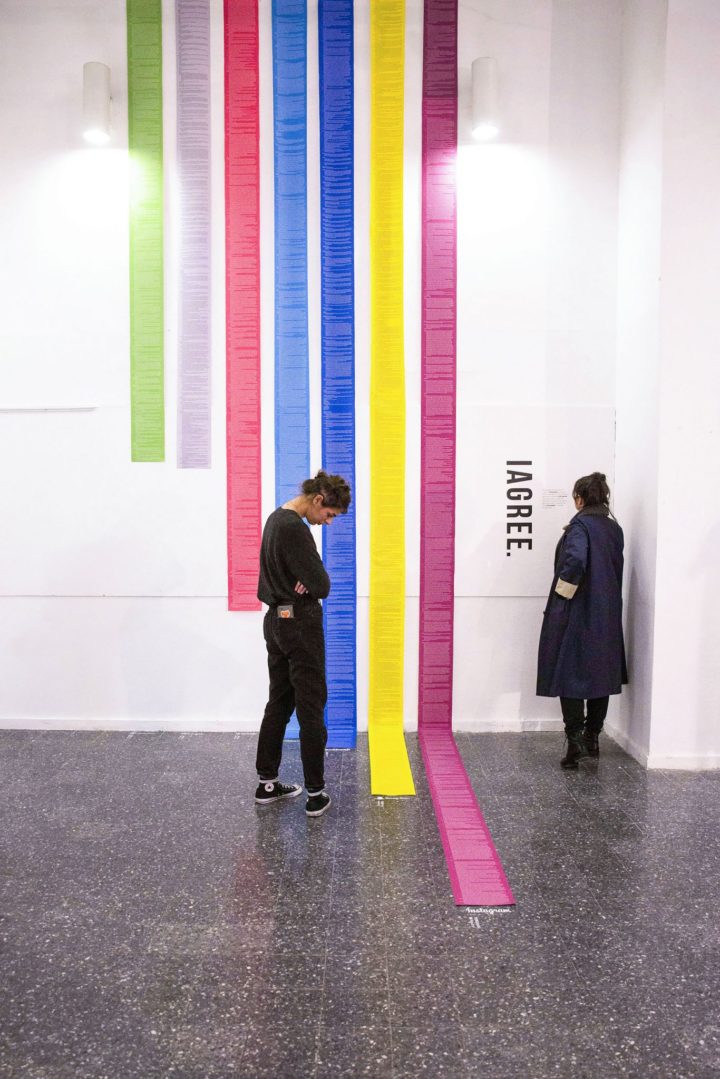
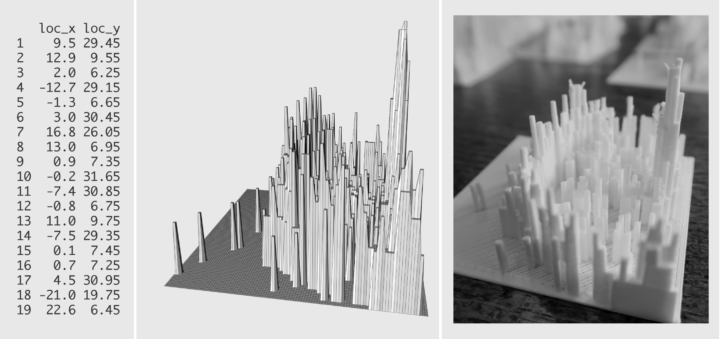
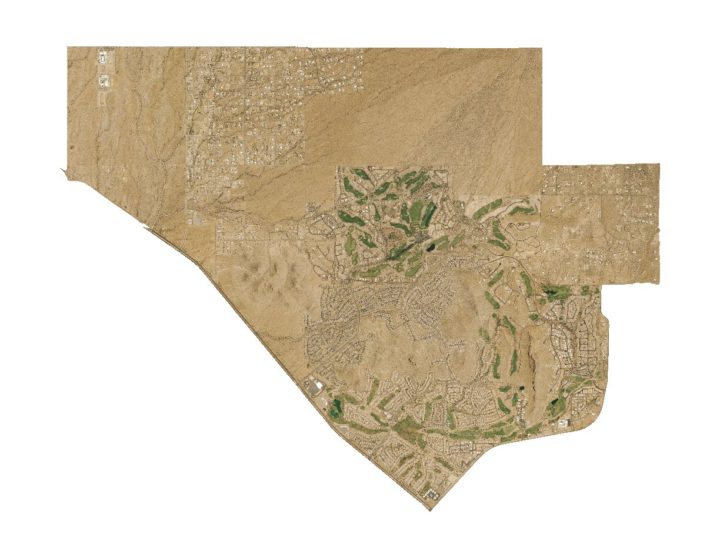
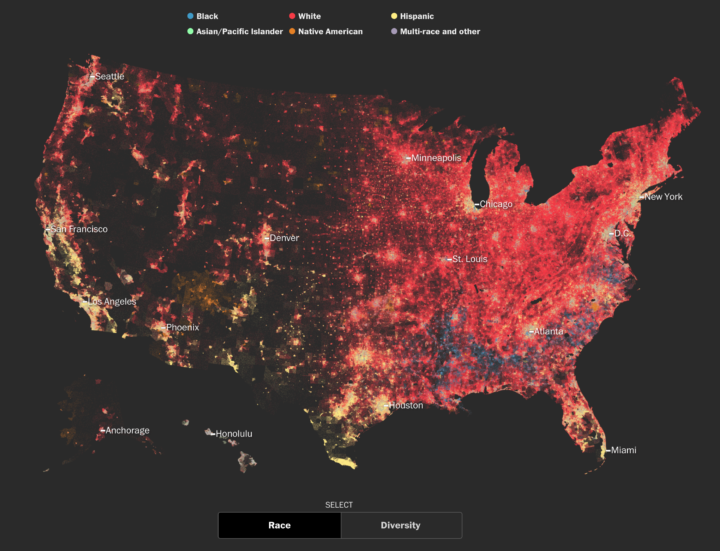
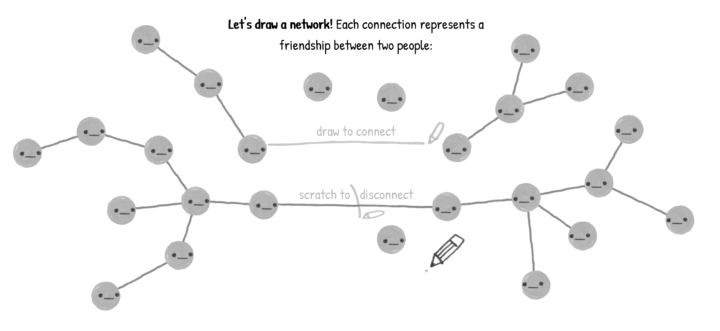

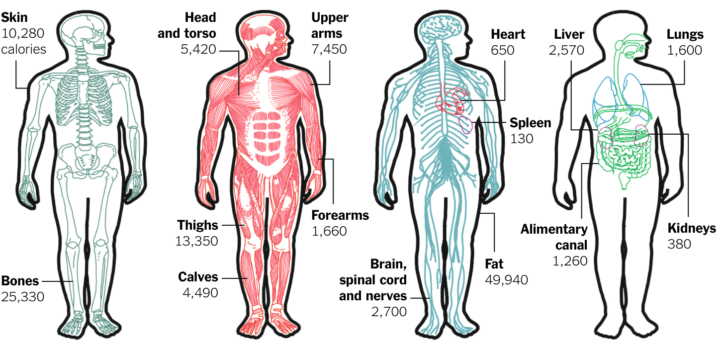
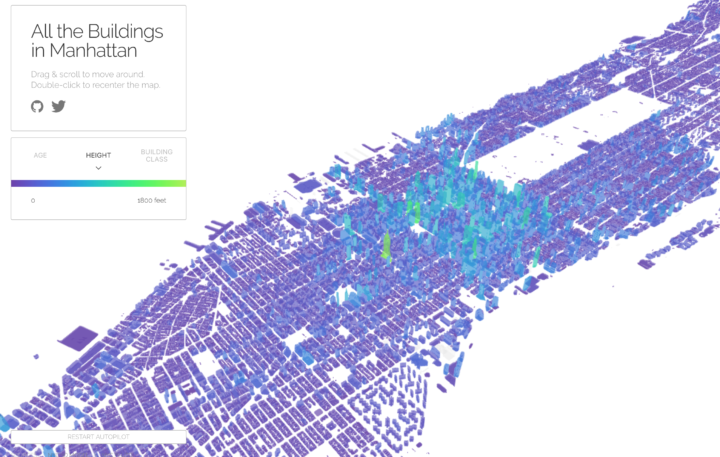
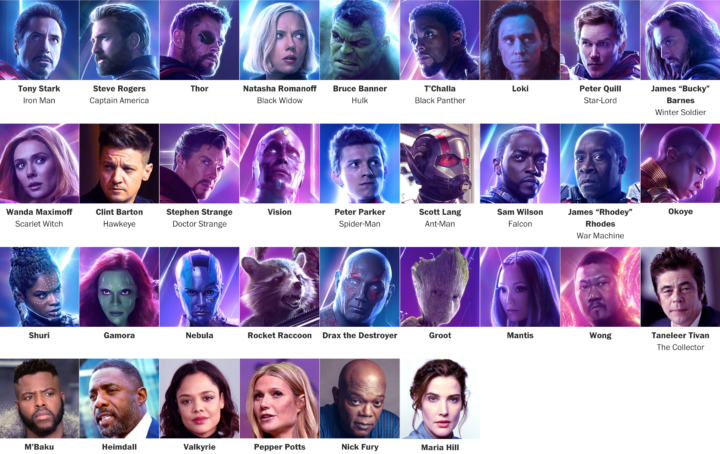
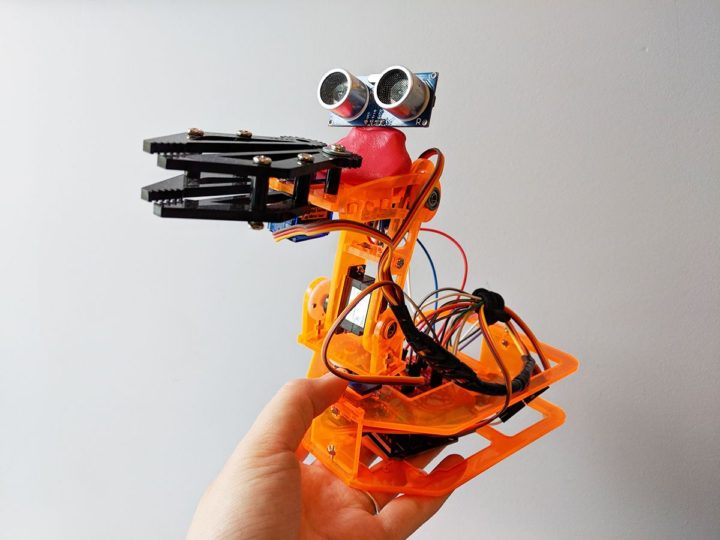



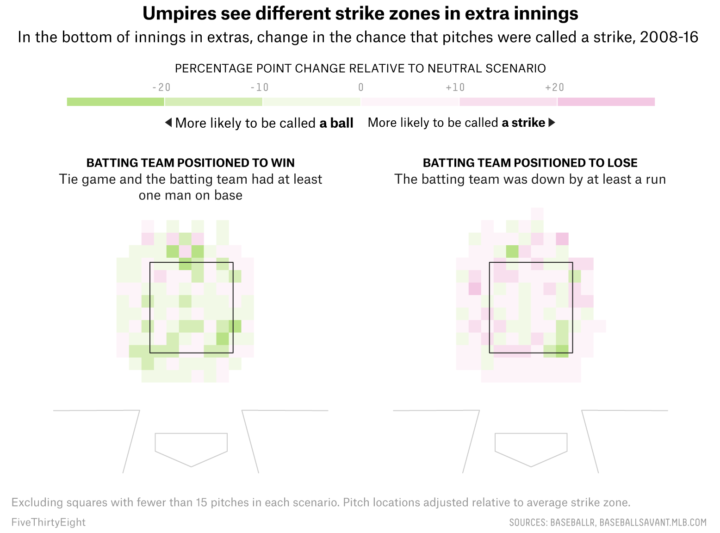
 Visualize This: The FlowingData Guide to Design, Visualization, and Statistics (2nd Edition)
Visualize This: The FlowingData Guide to Design, Visualization, and Statistics (2nd Edition)










